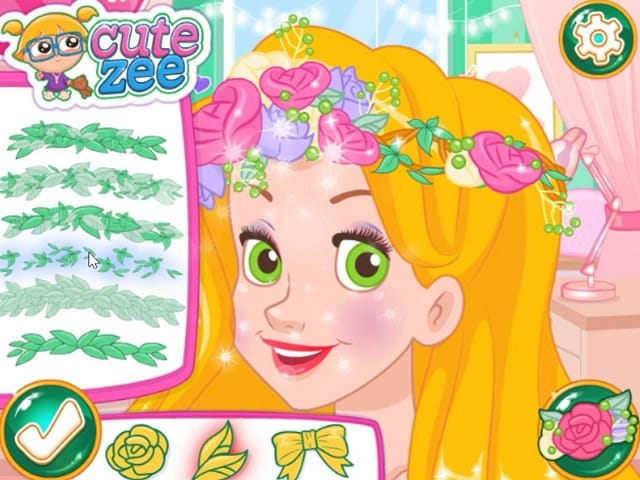

Plant Rapunzel and you will enjoy fresh leaves for healthy salads. Seeds are available from specialty seed houses such as Gourmet Seed International (online at 743 Shore Road, Hollister, CA 95023-9427, phone 83) or Seeds From Italy ( PO Box 3908, Lawrence, KS 66046, phone 78). The leaves and roots have a slight woodsy taste. The crunchy, white roots taste much like radishes. You can also stir fry or steam the leaves like spinach and serve with butter or grated cheese.

The plants are self-fertile and will often self-seed.Įat the sweet, delicate leaves raw in salads. Rapunzel is a biennial that will bloom and set seed in its second year. You can also plant them under taller vegetables such as tomatoes. In the north, full sun is best but if your summers are hot, give them a bit of afternoon shade. Rapunzel is not fussy about soil and does fine in average, well-drained soil in full sun or partial shade. Once plants are a few inches high, thin them to stand six inches apart. Lightly water the seedbed and keep it evenly moist, but not soggy. You may want to mix the tiny seeds with fine sand and sow that lightly. Scatter the tiny seeds on the soil surface and gently press them down into the soil. Rapunzel grows best if you sow the seeds directly into the garden. In the second year your flowers will bloom a bit later, from July to August. This is certainly a plant that can do double duty as a vegetable and tall, two- to three-inch ornamental with panicles of nodding, bell-shaped, white or blue flowers in July and August. The tough plants have been cultivated since the 4th century BC. In Calabria, Italy, stories tell of a maiden who pulls up a Rapunzel plant and finds a staircase leading to a palace deep inside the earth. Rapunzel or rampion is mentioned by William Shakespeare. It also is commonly called rampion or just “ramps.” Do not confuse these with North American wild onions, also called “ramps” (Allium tricoccum). It was once grown throughout Europe for its leaves, which were eaten like spinach, and its white roots, which were eaten like a radish or turnip. Rapunzel, the girl, was known for her long hair, while the vegetable Rapunzel (Campanula rapunculus) is known as a hardy vegetable plant that is entirely edible, leaves and roots. The parsnip-like or radish-like roots also gave us the name of the child, Rapunzel. Those roots are of a vegetable once widely grown and now nearly extinct. Wilhelm Grimm and Jacob Grimm, better known as The Brothers Grimm, collected German and European folk tales, giving us some of our most popular fairy tales, such as Cinderella, Hansel and Gretel, Little Red Riding Hood, and the alarming story of a young girl who was used as currency to pay a sorceress because the girl’s father was caught stealing edible roots from the sorceress' garden.


 0 kommentar(er)
0 kommentar(er)
